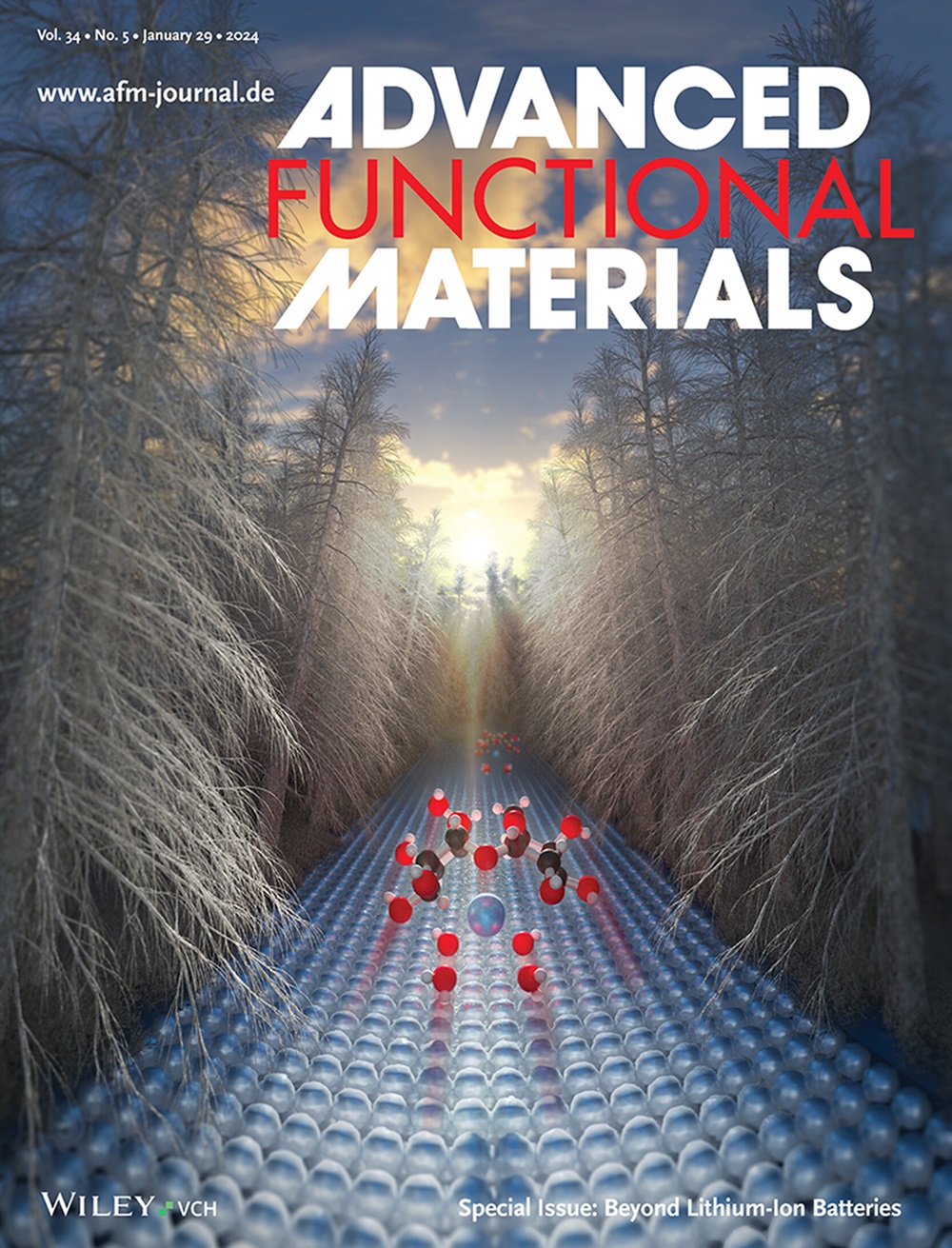Salt Anion's Donor Number Strategy Achieving Stable NCM622 Cathode at 4.7 V
IF 18.5
1区 材料科学
Q1 CHEMISTRY, MULTIDISCIPLINARY
引用次数: 0
Abstract
The donor number (DN) has emerged as an important descriptor for optimizing lithium metal battery (LMB) performance, especially in regulating solvation structures and constructing high-quality electrode/electrolyte interphases. However, high DN solvents can compromise the intrinsic high-voltage stability (>5 V) of conventional electrolytes due to their limited electrochemical stability. In this study, a novel strategy is presented that utilizes the anion's DN for non-destructive regulation of ionic liquids (IL) to achieve advanced electrolytes at 5.3 V. It is demonstrated that introducing high DN salt anions competes with EMIM+ in EMIM-TFSI, forming strong interactions with EMIM and enhancing the stability of the IL electrolyte. The expelled TFSI− ions tend to coordinate with Li+, facilitating the formation of high-quality solid/cathode electrolyte interphases. Consequently, the Li//NCM622 cells with high DN salt anions (LiClO4-IL and LiOTF-IL) show remarkable capacity retention rates of 93.5% and 94.6%, respectively, after 100 cycles over a voltage range of 2.8–4.7 V. Moreover, the Li//NCM622 cells using LiClO4-IL maintain a capacity retention of 81.6% and an average Coulombic efficiency of 99.4% after 350 cycles at 2.8–4.6 V. The proposed DN tuning mechanism is believed to offers new insights for designing high-energy-density LMBs.

求助全文
约1分钟内获得全文
求助全文
来源期刊

Advanced Functional Materials
工程技术-材料科学:综合
CiteScore
29.50
自引率
4.20%
发文量
2086
审稿时长
2.1 months
期刊介绍:
Firmly established as a top-tier materials science journal, Advanced Functional Materials reports breakthrough research in all aspects of materials science, including nanotechnology, chemistry, physics, and biology every week.
Advanced Functional Materials is known for its rapid and fair peer review, quality content, and high impact, making it the first choice of the international materials science community.
 求助内容:
求助内容: 应助结果提醒方式:
应助结果提醒方式:


